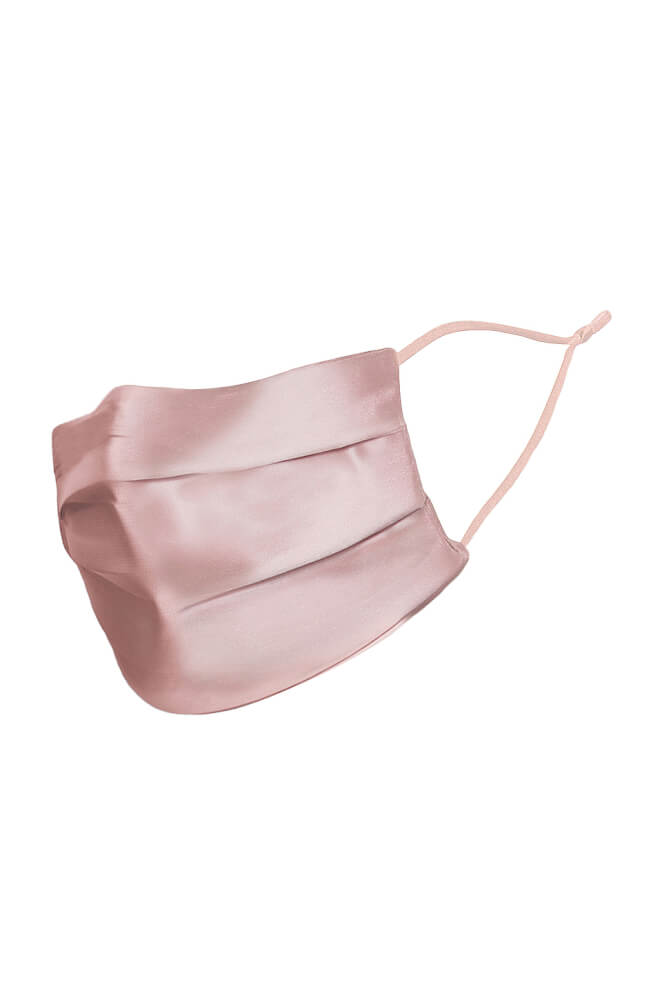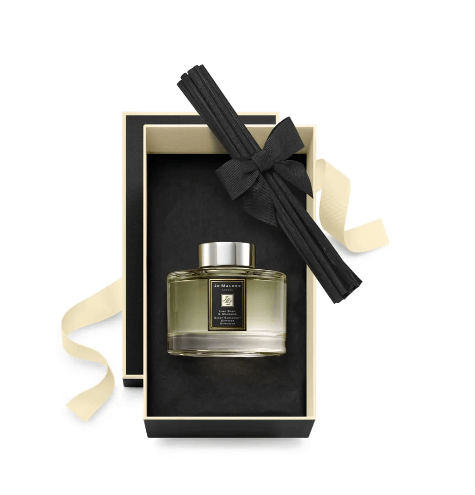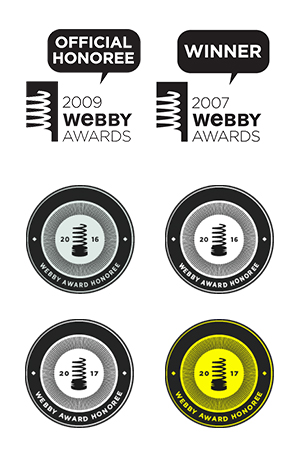Juicing: Fad or Fab?

Holidays over. Check. Thinking about eating healthier? Check. Want to get started? Check. Why not try juicing with green veggie drinks like black kale? It works as a huge contributor to detoxing the body, helps you maintain alkalizing pH levels, stimulates weight loss, promotes glowing skin, fights fatigue and makes you just feel healthier overall. Fab not fab. Check.
Naturally, we wanted in on this nutrient dense trend, but needed to do a bit of homework. Blender or juicer? And what is the difference? Time to set the record straight. Here are the facts:
JUICING

Quite simply, juicing is the process of extracting juice from plant tissues such as fruit and vegetables. There are many methods of juicing, from squeezing fruit by hand to using a household juicer. The pulp is discarded and only the liquid juice is consumed (aka no fiber).
Benefits:
- Quick nutrition. The nutrients in freshly squeezed/pressed juice enter your bloodstream almost immediately after consumption since there is no fiber for your digestive organs to deal with.
- Easy digestion. Because of the lack of fiber the digestive organs do very little work. This is ideal for people with shifty digestive tracts and is great for those looking to cleanse and heal.
- Energy! Because of the quick nutrition absorption your body is instantly replenished and revitalized.
- No bloating. After chugging a tall glass of juice you still feel light and it will not ruin your appetite. You’ll still be hungry 30 minutes later.
- Variety. You can not blend everything. Ever try blending a carrot? It is rough.
- Less Oxidation. Blending whips a ton of air into the drink and exposes it to a greater level of oxidation which can destroy a large portion of nutrients.
BLENDED JUICES

The process is the same as above except it is made by putting all the ingredients in a blender thereby retaining all the fibrous pulp. I like my blended drinks with fruits, veggies, ice and almond milk. Yum!
Benefits:
- Harder to overdose on fruit sugar. It is really easy to juice 10 carrots, 3 apples, 3 oranges and drink it all down, multiple times a day. That is a lot of fructose and it can seriously increase your blood sugar and insulin levels, which can increase your risk of developing diabetes and cardiovascular diseases. Not to mention getting you all tweaked out on sugar. Blending fruits and sweet vegetables retains the naturally occurring fiber in these plants which will help regulate the speed at which the natural sugars enter your blood stream.
- Fiber, fiber, FIBER! Blending fruits and vegetables retains the fiber which acts like a broom to your digestive system. It cleans us out and keeps us regular.
- Complete meal. Since the smoothie is packed full of fiber and nutrients (add an avocado or coconut for some good fats), you can have a glass or two as a meal and be completely satisfied for 2-3 hours.
- Easy to clean. Cleaning a blender is loads faster than cleaning a juicer and you do not have to feel bad about tossing the pulp or feel obligated to make a loaf of carrot zucchini bread. Although that would be tasty.
- Add goodies. Adding flax seed to a glass of juice just ruins the whole juicy-ness you got going on. But with a blended smoothie you can add all kinds of great stuff: nuts, seeds, protein powder, snickers…
So, juice or blend? The Blonde and The Brunette spoke to Deborah Watkins, our nutritional and fitness adviser extraordinaire, and asked her give us the real skinny.
“I prefer blending fruits and veggies in a quality blender such as Blendtec (my favorite) or VitaMix to make my juice versus a pressed juice machine or buying “pressed juice”. You gain more nutrients from a blended juice, because nothing is discarded. With pressed juice, all the fiber and some of the nutrients are lost. With juicing, you must drink right away or you lose all nutrients. Also keep in mind that when buying juices that are already packaged, they have to go through a pasteurization process. This means the juice is actually heated up to kill all live bacteria. What’s the point?” – Deborah Watkins
Our conclusion: Blending is better so we don’t get that crazy sugar spike due to all the fiber left in our drink!
Blend up this delicious recipe by Deborah Watkins:
1/2 bunch Mint
3 sprigs of Back kale / kale
2 sprigs rainbow Swiss chard/ regular Swiss chard
1 Fuji apple
1 cucumber
1 orange (optional)
2 cups of water ( after putting all ingredients in blender fill up with water) /each blender varies
Here’s to better health in 2013! Fab not fad, right?
-Kathryn, The Blonde













 HOW TO MAKE A LONG DISTANCE RELATIONSHIP WORK
HOW TO MAKE A LONG DISTANCE RELATIONSHIP WORK
